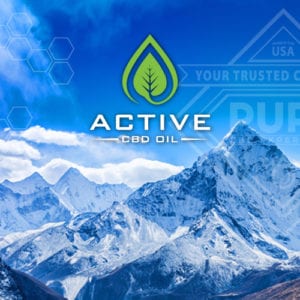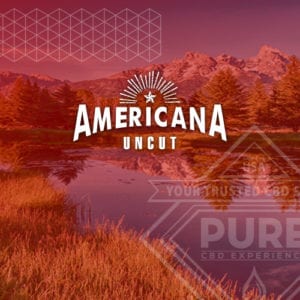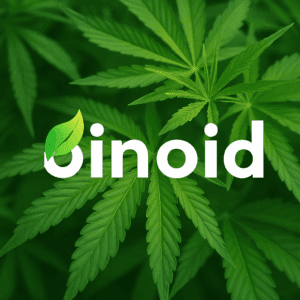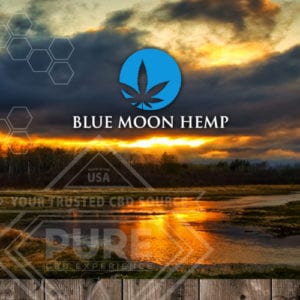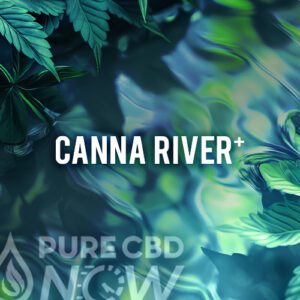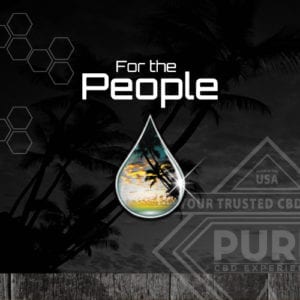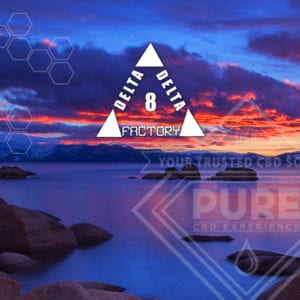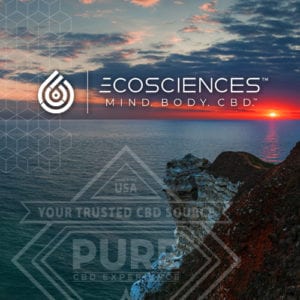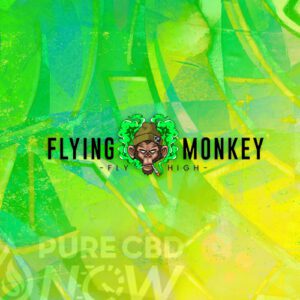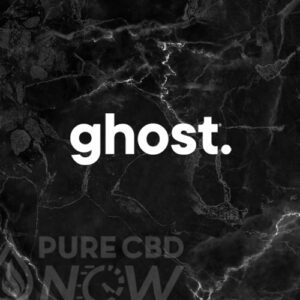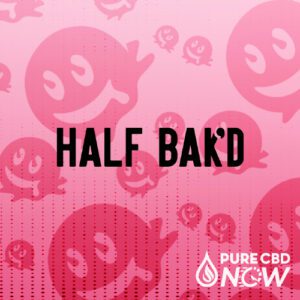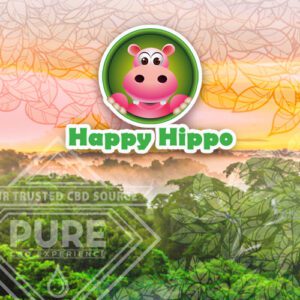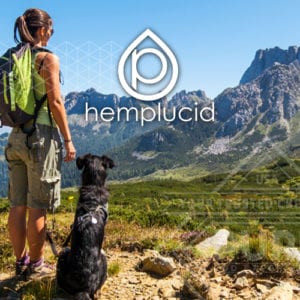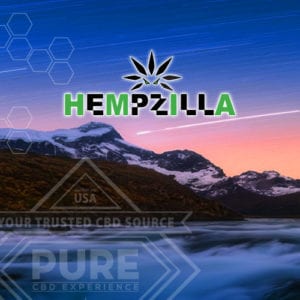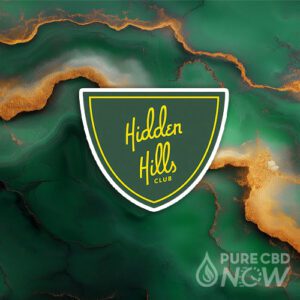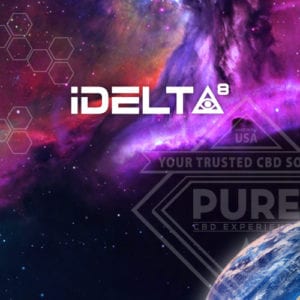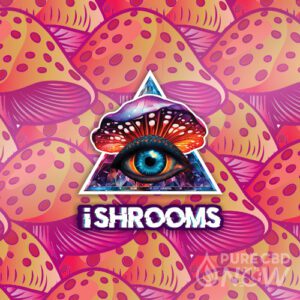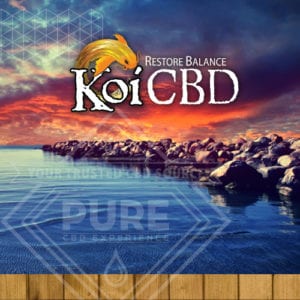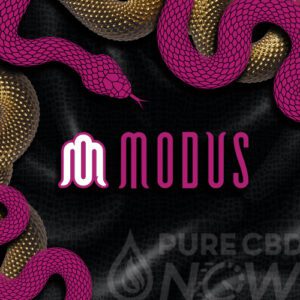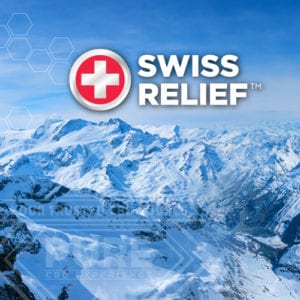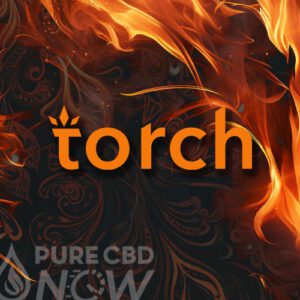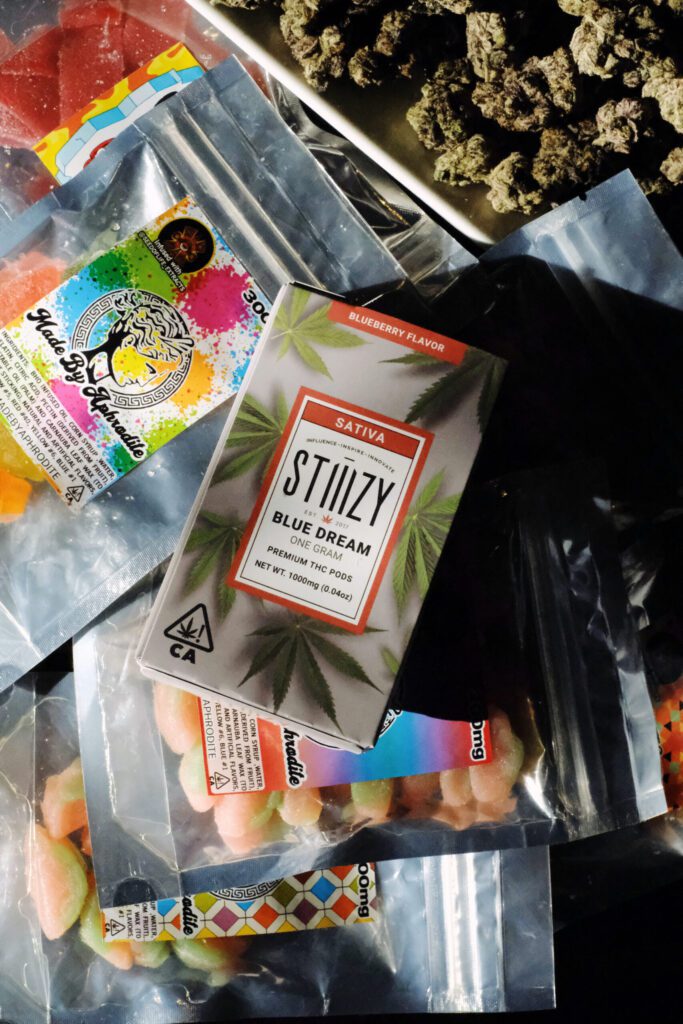Welcome to the world of mushrooms, a realm where the line between edible and deadly can be as thin as a mushroom’s gill. Today, we’re diving into a comparative study of the infamous Amanita Muscaria and other types of mushrooms. For those daring enough to explore, we’ve crafted a unique collection of Amanita gummies. Buckle up, it’s going to be a wild ride!
Amanita Muscaria vs. Death Cap (Amanita Phalloides)

| Amanita Muscaria | Death Cap | |
|---|---|---|
| Toxicity | Highly poisonous | One of the most poisonous mushrooms known to humans |
| Appearance | Yellow in color | Identified by its white gills, white spore print, and cup-like structure at the base |
| Habitat | Commonly found in temperate and boreal regions | Widespread across Europe and North America |
| Effects of Poisoning | Nausea, vomiting, dizziness, hallucinations, involuntary movements, delirium, and seizures | Vomiting, diarrhea, abdominal pain, and liver and kidney failure |
Both Amanita Muscaria and the Death Cap are dangerous and should not be consumed. In general, it’s best to avoid eating any wild mushrooms unless you are an experienced forager or have consulted with an expert. For more details, check out this article.
Amanita Muscaria vs. Fly Agaric

Surprise! Amanita Muscaria and Fly Agaric are actually the same mushroom. Known as Fly Agaric due to its historical use as an insecticide, this mushroom is native to the temperate and boreal regions of the Northern Hemisphere. Here’s what you need to know:
- It’s a poisonous mushroom that contains psychoactive compounds.
- Easily recognizable by its bright red cap with white spots.
- Associated with various deciduous and coniferous trees.
- Has several known variations or subspecies, some of which have yellow or white caps.
- Can be found in woodland and heathland areas, often in association with birch, pine, or spruce trees.
- Historically associated with northern European and Asiatic shamans.
Remember, Amanita Muscaria/Fly Agaric is toxic and should not be consumed. Admire it from a distance and avoid handling or ingesting it. For more information, check out this source.
Amanita Muscaria vs. Amanita Cesarea

| Amanita Muscaria | Amanita Cesarea | |
|---|---|---|
| Edibility | Highly poisonous | Edible and considered a delicacy in some regions |
| Appearance | Bright red cap with white spots | Orange to a brilliant red-orange cap |
| Habitat | Commonly found in temperate and boreal regions | Native to Europe and found in oak and chestnut forests |
While Amanita Cesarea is considered edible and highly valued in some cultures, Amanita Muscaria is highly poisonous and should not be consumed. It’s crucial to exercise caution and consult with experts or reliable sources when foraging for mushrooms to ensure proper identification and safety. For more details, check out this source.
Amanita Muscaria vs. Amanita Pantherina
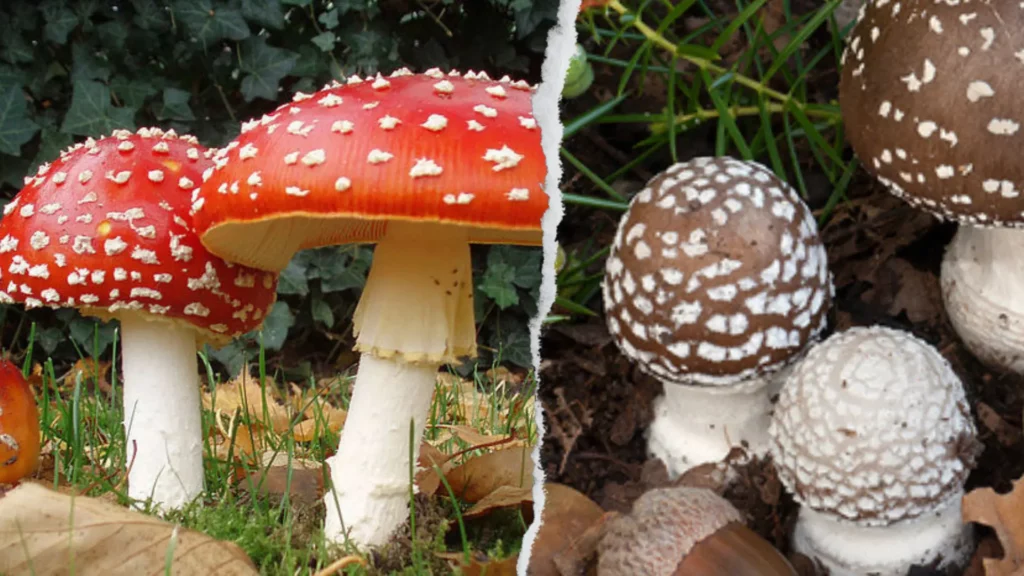
| Amanita Muscaria | Amanita Pantherina | |
|---|---|---|
| Toxicity | Highly poisonous | Considered poisonous and potentially psychoactive |
| Appearance | Bright red cap with white spots | Cap color can vary from yellowish-brown to dark brown |
| Habitat | Commonly found in temperate and boreal regions | Can be found in various habitats, including forests |
Both Amanita Muscaria and Amanita Pantherina are potentially toxic mushrooms and should not be consumed unless you are an experienced mycologist or have received proper training. It’s crucial to exercise caution and consult with experts or reliable sources when foraging for mushrooms to ensure proper identification and safety. For more details, check out this source.
Amanita Muscaria vs. Amanita Regalis
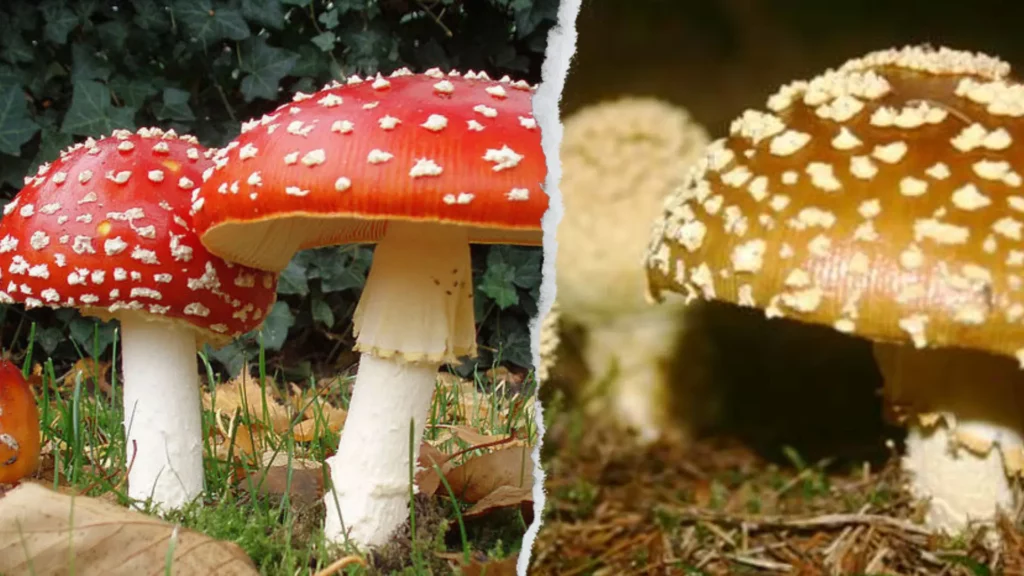
| Amanita Muscaria | Amanita Regalis | |
|---|---|---|
| Edibility | Highly poisonous | Considered edible in some regions |
| Appearance | Bright red cap with white spots | Cap color can vary from yellowish to orange-brown |
| Habitat | Commonly found in temperate and boreal regions | Native to Europe and found in deciduous and coniferous forests |
While Amanita Regalis is considered edible in some regions, Amanita Muscaria is highly poisonous and should not be consumed. It’s crucial to exercise caution and consult with experts or reliable sources when foraging for mushrooms to ensure proper identification and safety. For more details, check out this source.
Amanita Muscaria vs. Delta 8
| Amanita Muscaria | Delta 8 | |
|---|---|---|
| Type | Mushroom | Cannabinoid derived from hemp |
| Effects | Can cause hallucinations and other adverse effects | Can cause relaxation, euphoria, and other effects |
| Legality | Legal to possess in most countries | Legal in some states in the US, but its legality is still unclear in others |
Amanita Muscaria is a highly poisonous mushroom and should not be consumed. While it contains psychoactive compounds, it can cause adverse effects and is not recommended for recreational use. Delta 8, on the other hand, is a legal cannabinoid that can cause psychoactive effects but is less potent than Delta-9 THC. It’s crucial to exercise caution and consult with experts or reliable sources when consuming any substance to ensure proper identification and safety. For more details, check out this source.
Conclusion
From the deadly Death Cap to the psychoactive Fly Agaric, the world of mushrooms is as diverse as it is fascinating. Whether you’re a mycologist, a forager, or just a curious reader, we hope this comparative study has shed some light on the mysterious Amanita Muscaria and its counterparts. Remember, when it comes to mushrooms, safety should always be your top priority. Happy foraging!
Frequently Asked Questions
1. Can Amanita Muscaria be mistaken for other mushrooms?
Yes, Amanita Muscaria can be confused with other mushrooms due to its vibrant color and distinctive spots. However, it’s crucial to correctly identify mushrooms to avoid consuming poisonous varieties.
2. Are all Amanita mushrooms poisonous?
Not all Amanita mushrooms are poisonous, but many are, including the infamous Amanita Muscaria and Death Cap. Some Amanita mushrooms are edible, like Amanita Cesarea, but correct identification is crucial.
3. Is it legal to use Delta 8?
Delta 8 is a cannabinoid derived from hemp. Its legality varies by state in the US, so it’s important to check local laws before use.
4. What are the effects of consuming Amanita Muscaria?
Consuming Amanita Muscaria can lead to a range of symptoms, including nausea, vomiting, dizziness, hallucinations, involuntary movements, delirium, and seizures.
5. Can I forage for mushrooms without training?
Foraging for mushrooms without proper training or expert guidance is not recommended due to the risk of misidentifying and consuming poisonous varieties. Always exercise caution and consult with experts when foraging for mushrooms.
References
- Fly Agaric and Related Death Cap Mushrooms Synthesize Dangerous Chemicals
- Identifying Amanitas
- Amanita Muscaria Basic Info
- Amanita Pantherina
- I Tried Amanita Muscaria, the ‘Delta-8’ of Mushrooms
This article was originally published on Pure CBD Now.

